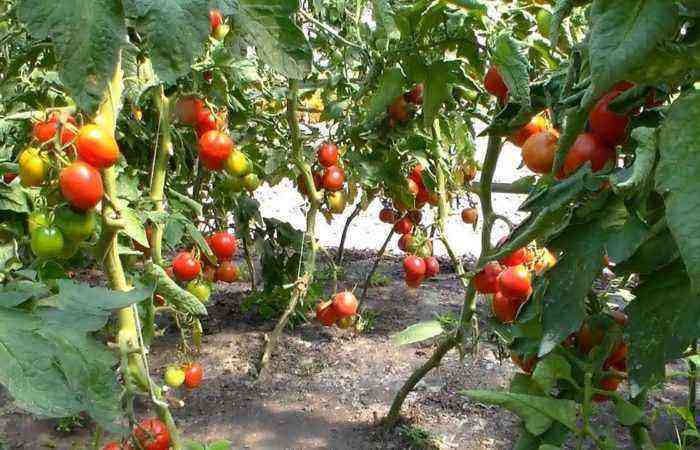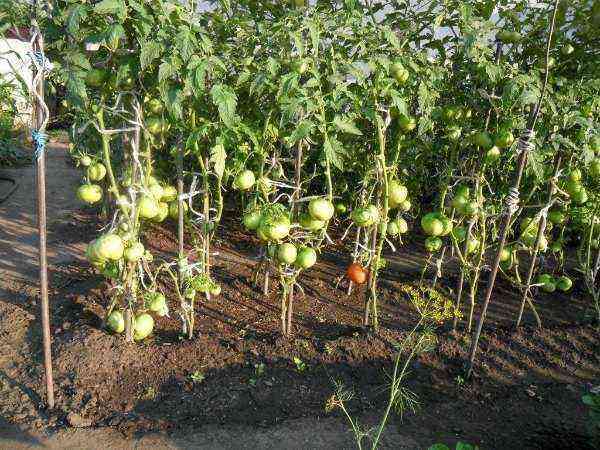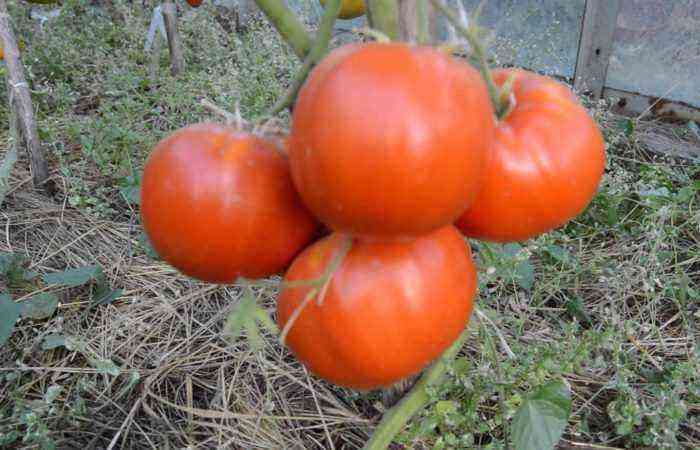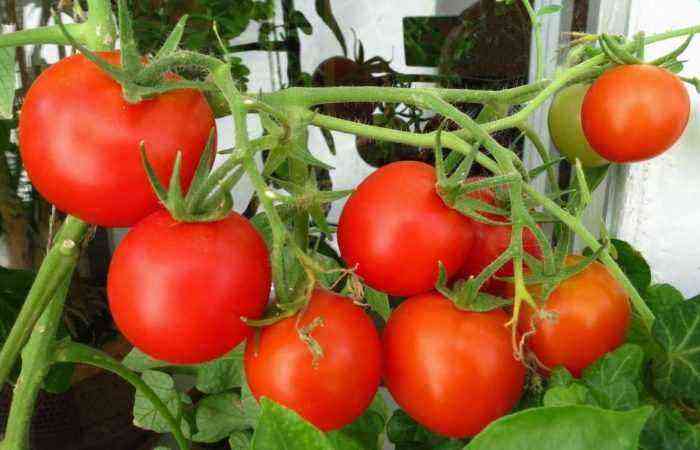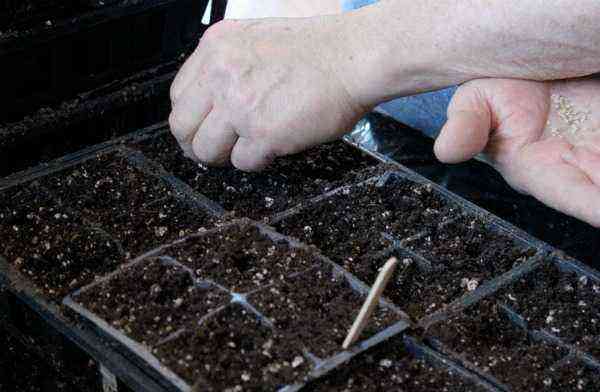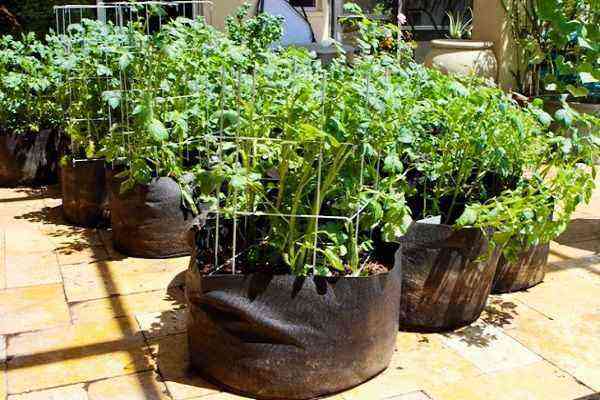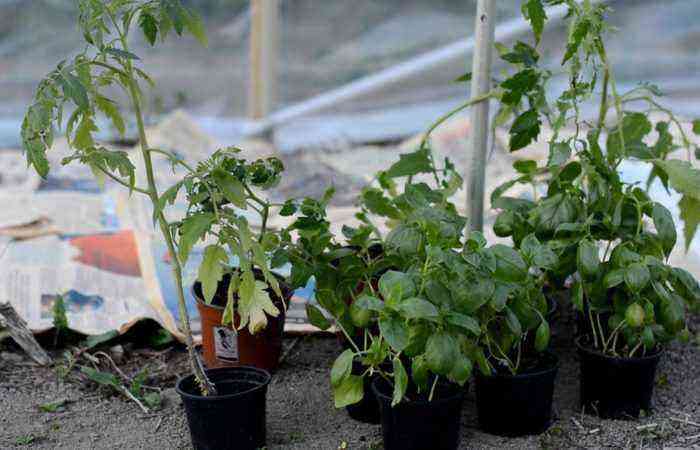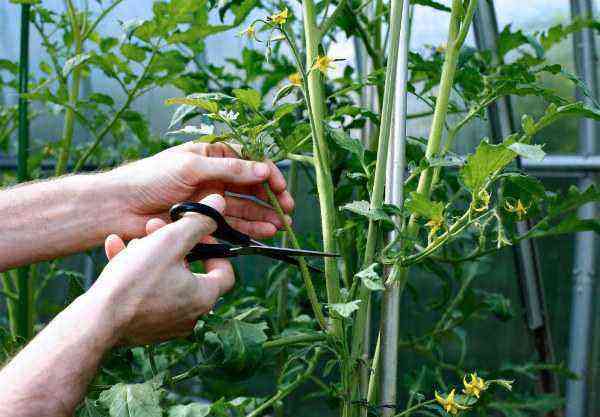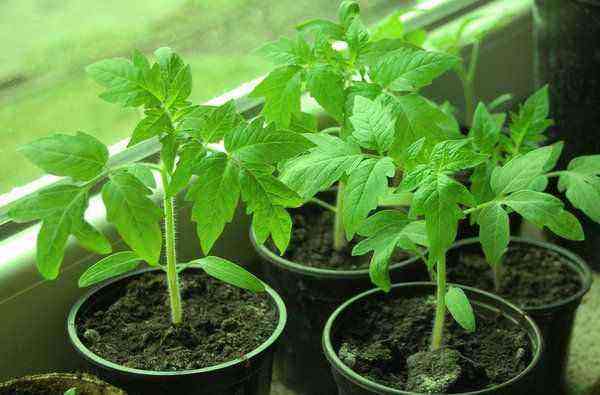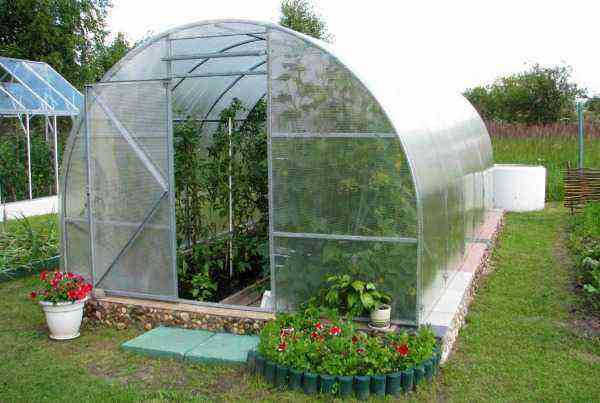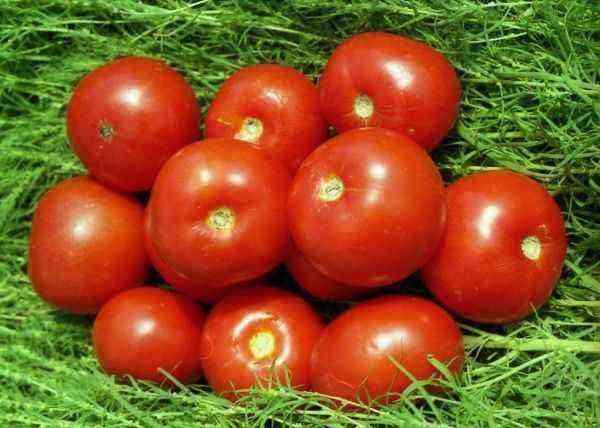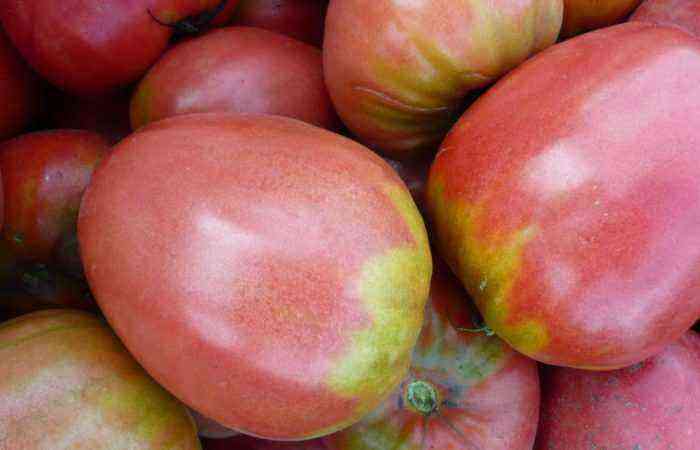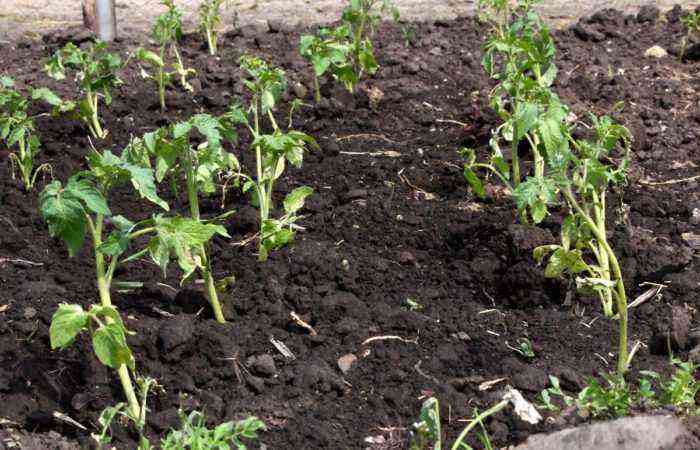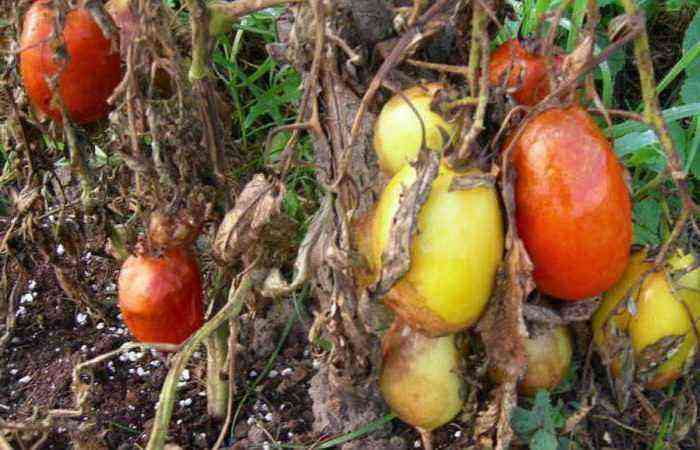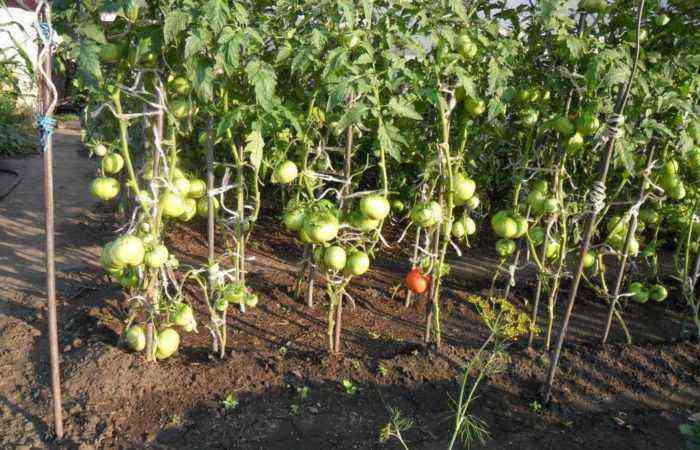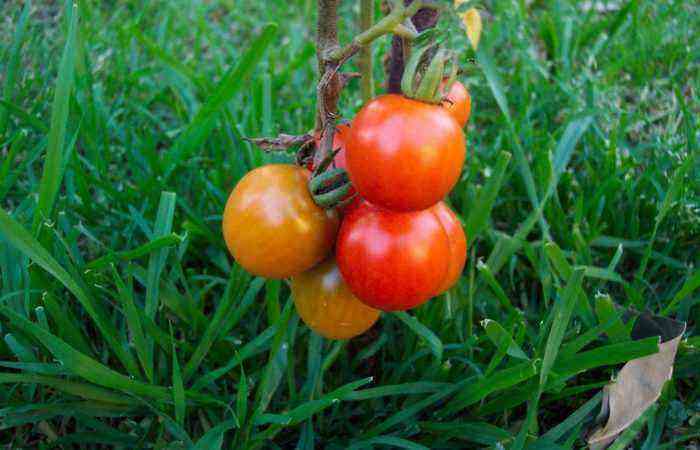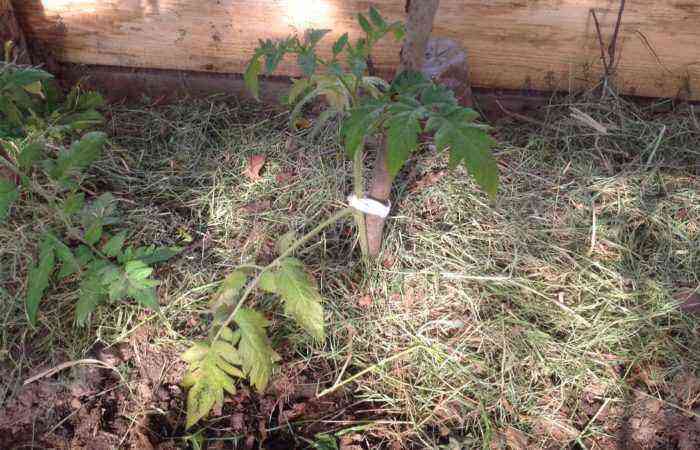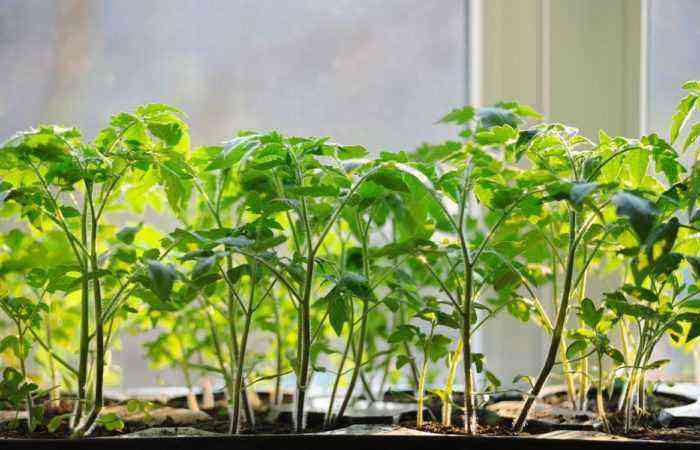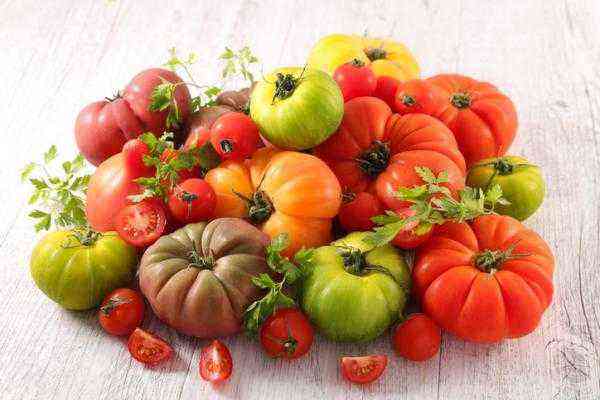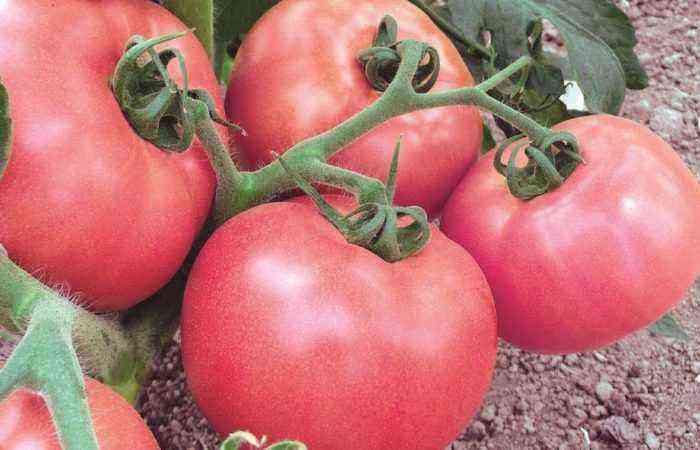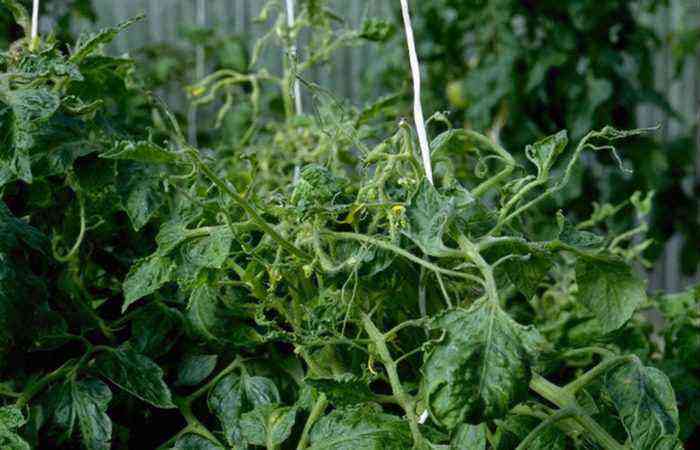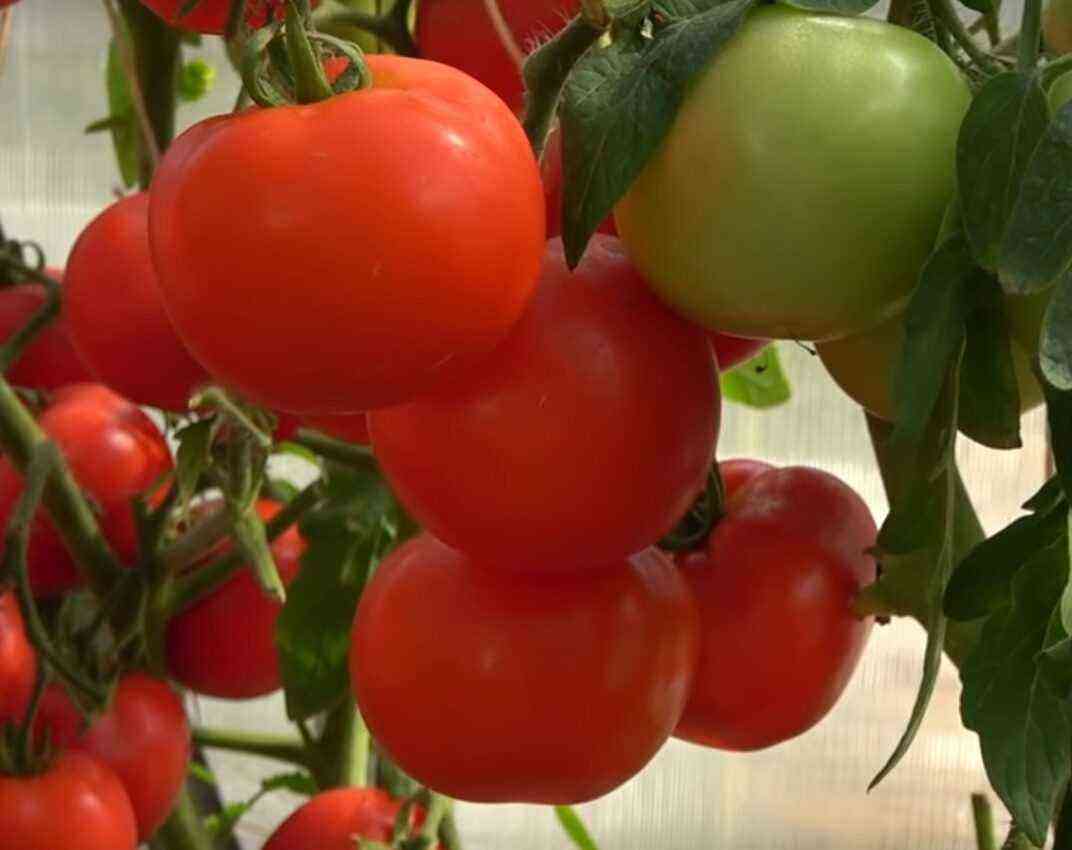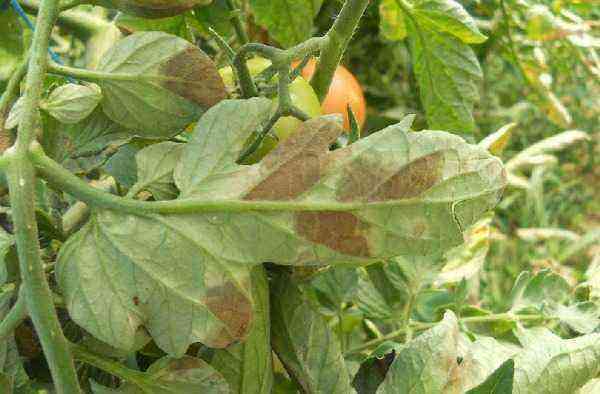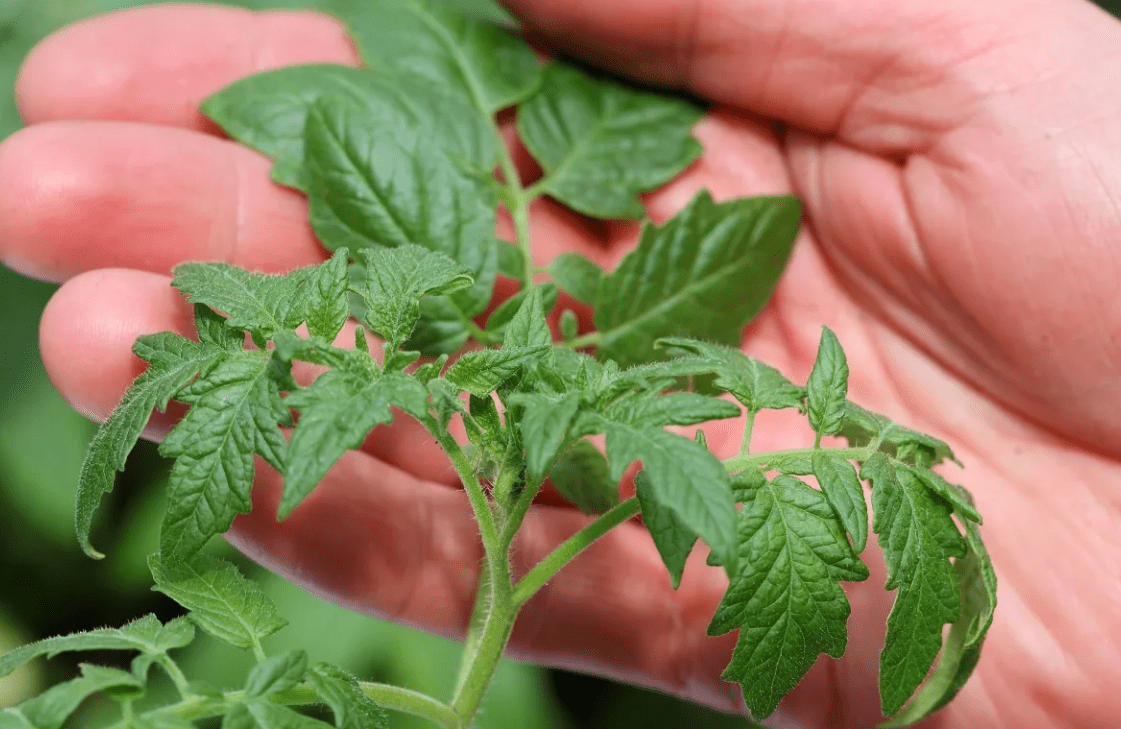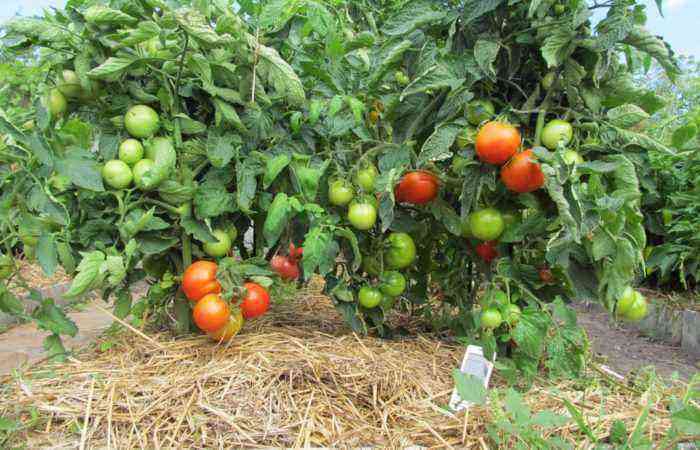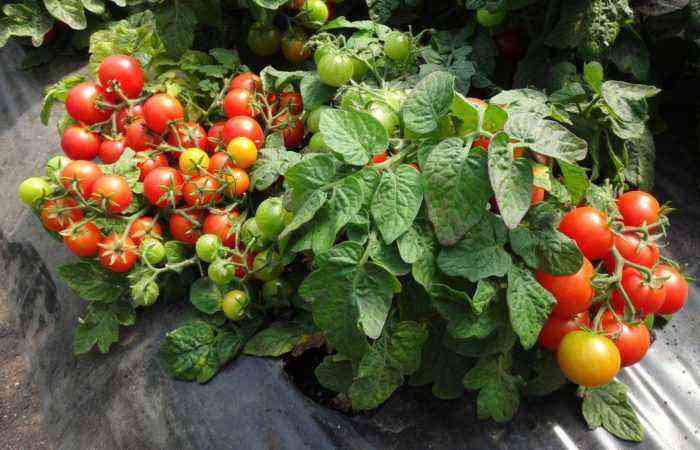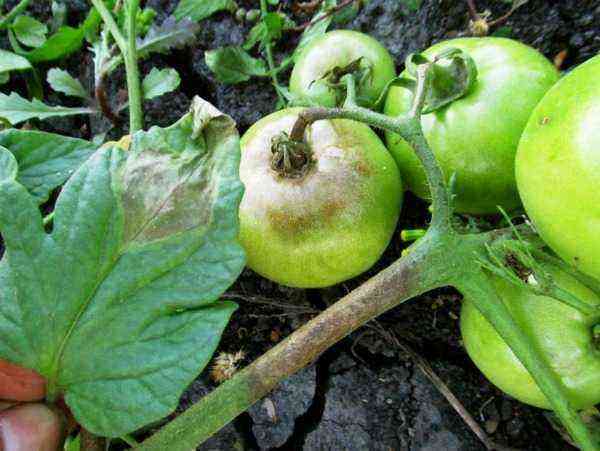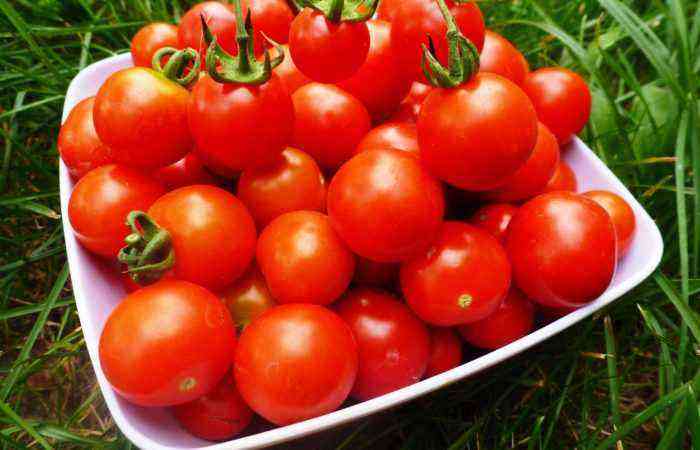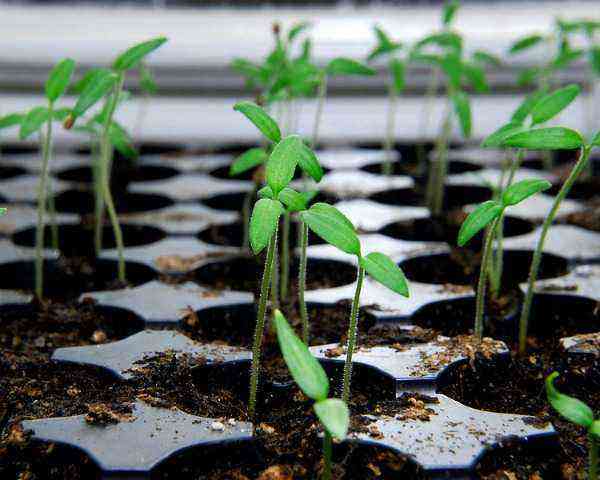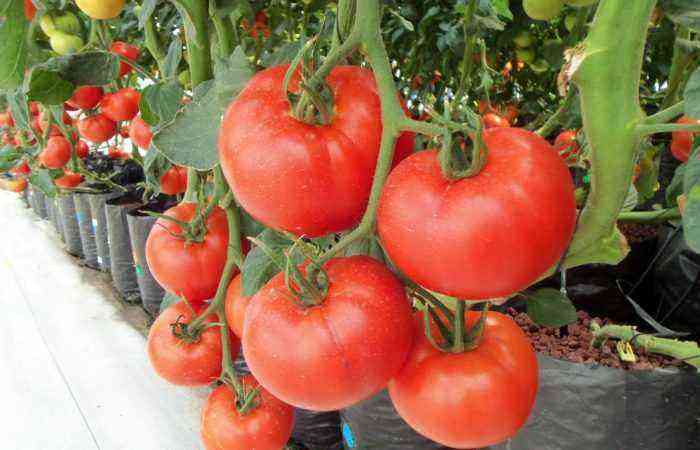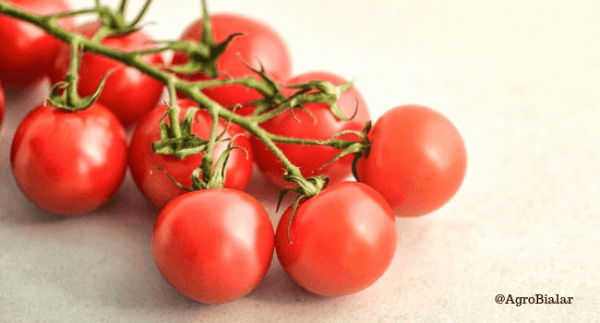A familiar situation when it’s hard to bite through a seemingly normal tomato? And when cutting with a knife, you need to make an effort to cut the dense white tissue that occupies the central part of the tomato. And the taste of the fruit is not at all tomato. This is not just a shortcoming, it is a bright appearance of a rather serious disease that can destroy up to 50-70% of the crop or leave it completely without it.
With the active growth of the vegetative mass and the early development of the disease, the fruits may not set. With a late lesion, the ovaries may appear and ripen, but the taste, size and commercial quality of the tomatoes will be unsatisfactory.
What is stolbur or phytoplasmosis of tomatoes?
Stolbur, or by another name, tomato phytoplasmosis (Stolbur of tomato) is a disease caused by a harmful microorganism, different from viruses and bacteria, but causing no less harm.
Signs of the disease
The disease immediately affects the appearance, and then the condition of the fetus:
- leaf blades are significantly smaller, the color is yellow-green, but slightly pink or with shades of purple is possible;
- flowers are enlarged in size, petals and sepals are often fused and elongated upwards;
- the fruit has a very hard texture with a highly developed solid white vascular tissue;
- the root is covered with small cracks, the bark is lignified and becomes brown.
How it spreads
Phytoplasmas accumulate and live for a long time in rhizomes, as well as tubers of cultivated plants and weeds. Among the most common carriers: bindweed, alfalfa, plantain, thistle, thistle, nightshade. But the disease is not transmitted with seeds, it is spread by leafhoppers, small insects that hibernate on the same roots.
Danger to humans
With early stolbur damage, tomato flowers are almost completely sterile. At a later date, more than half of the fruits may be edible, but the subsequent crop will become completely unsuitable for consumption.
Fruits affected by stolbur during ripening have an uncharacteristic color caused by coarsened tissues inside the fruit. The pulp is practically absent, there is no juice, which is why the tomatoes become tasteless and tough.
Conditions for the spread of the disease
The start of the emergence of the first generation of leafhoppers falls on the end of May – the beginning of June, and they reach the largest number by the first days of July. Within four weeks after infection of the culture with the causative agent of stolbur, which was brought by leafhoppers, the incubation period lasts. In this regard, the mass destruction of plants begins from the last ten days of July to the end of the first ten days of August.
The activity of leafhoppers in transmitting the disease lasts about 2,5 months.
Favorable areas for the development of mycoplasma are areas with high air and soil temperatures. Little snow, cold winters worsen the conditions for the reproduction and migration of insect vectors, which reduces the harmfulness of tomato stolbur.
High humidity, especially in closed greenhouses, increases the rate of development of mycoplasma and its activity.
Control measures
In modern conditions, there are no chemical or biological agents that destroy microorganisms on diseased plants. The main control measure, in order to prevent the spread of the disease, is prevention:
- it is necessary to destroy infected plants immediately after establishing the cause of the disease, since it is not advisable to collect healthy fruits from them, and it is not advisable to save the bush as a source of the spread of the disease;
- it is necessary to remove weeds during the entire growing season and after harvesting, since their root system accumulates the pathogen;
- spray the garden from cicadas (so that the causative agent of the disease does not spread from diseased plants to healthy ones, it is necessary to destroy the peddler in a timely manner, for which insecticidal preparations are used).
Conclusion: the less weeds – the less cicadas. There will be few leafhoppers, there will be a minimum chance for stolbur.
Tomato treatment for stolbur
- Phytoplasmin.
It is a bactericidal and phytoplasmicidal agent of systemic action, effective against bacterial diseases of tomato. It is the only drug with direct action against stolbur. It is used for spraying plants and watering the soil under the root during the growing season. To prepare the solution, take 30 ml of the drug per 30 liters of water. Protective properties remain for at least 3-4 weeks.
- Confidor.
A modern drug of a new generation, long-acting. Belongs to the group of systemic drugs of contact-intestinal action. Insects die immediately after eating the processed vegetative mass. The main active ingredient is imidacloride. Available in different packaging, used in accordance with the manufacturer’s recommendations. First, a concentrate is prepared at the rate of 2 g of the drug per 100 g of water, and then diluted to 1 liter and sprayed on the plants.
- Aktara.
This systemic preparation is used for spraying plants and soil. Available in the form of granules and suspensions. To prepare a solution, 8 g of granules are dissolved in 10 liters of warm water (25-30°C). The consumption of the drug solution is about 1 liter per 1 m². Spraying is carried out when the first signs of the disease are detected.
- Mospilan.
A systemic, contact-intestinal insecticide affects the nervous system of insects, causing their paralysis and death. Effectively works at all stages of insect development (from larva to adult). Preparation of the solution: 2,5 g of Mospilan (1 package) are dissolved in 1 liter of water, and then diluted to 10 liters. Provides protection for 2-3 weeks.
- Fufanon.
The contact drug has a wide spectrum of action, has damaging properties for several days. In greenhouses, processing of tomatoes is carried out no more than 3 times, in open ground – no more than 2. Fruits can be eaten no earlier than 20 days after processing. For 10 liters of water, 10 ml of the drug will be required. For 10 m² of area, 1-3 liters of solution will be needed.
- Actellic.
For spraying plants, a solution is used at the rate of 10 ml of the drug per 10 liters of water:
- open ground – 2 liters per 10 m²;
- protected ground – 1 liter per 10m².
During the growing season, 2 treatments are carried out, no later than three weeks before harvesting.
- Preparations from the group of pyrethroids.
They have high activity against insects, are used for spraying during the growing season. They are synthetic analogues of natural insecticides. They retain protective properties in the soil for 2-4 weeks, on the surface of plants – 7-10 days, they practically do not penetrate into the culture. The representative of this group is the drug Rovikurt.
- Karbofos.
Insecticide of system action, keeps protective properties within 10-15 days. During the growing season, no more than 2 treatments are carried out 30 days before harvest. Spraying is carried out in dry weather, at temperatures up to 15 ° C. 10 g of the drug is added to 60 liters of water. Use a solution for 100 m² of tomato plantings.
Attention! Planting tomatoes of early ripening varieties in the early stages will allow you to get fruit ovaries before the start of the mass appearance of leafhoppers and avoid being hit by stolbur.
Features of processing tomatoes
The consumption of the working fluid of the drug is 1,5–2 times less than in the open ground, since fewer insects get into the protected ground. Processing is carried out in cloudy weather.
Processing of plants is carried out in dry, cloudy, cool weather. Consumption rates are selected depending on the severity of the lesion.
Soil care after infected tomatoes
Weeds that accumulate the pathogen are destroyed by double tillage with glyphosates Raudap, Tornado and Hurricane.
To destroy the cicada, the systemic insecticide Aktara is used. A week before planting tomato seedlings, selective herbicide Stomp is used for disinfection.
It is carried out to a depth of 20-25 cm after harvesting plant residues and disinfecting the soil.
The author of the video talks about the signs of stolbur, the causes of the appearance, methods of dealing with the disease.
Prevention
In order to reduce the migration of leafhoppers and other insects, it is recommended:
- sow corn, sunflower and other tall crops next to tomatoes, forming protective backstage;
- remove weeds in a timely manner, preventing the accumulation of harmful microorganisms on its roots and reducing the risk of tomato disease with stolbur.
Attentive attitude to the condition of plants will allow timely destruction of bushes with signs of the disease, a set of preventive measures to defeat stolbur, using a minimum amount of chemicals.
